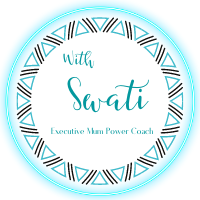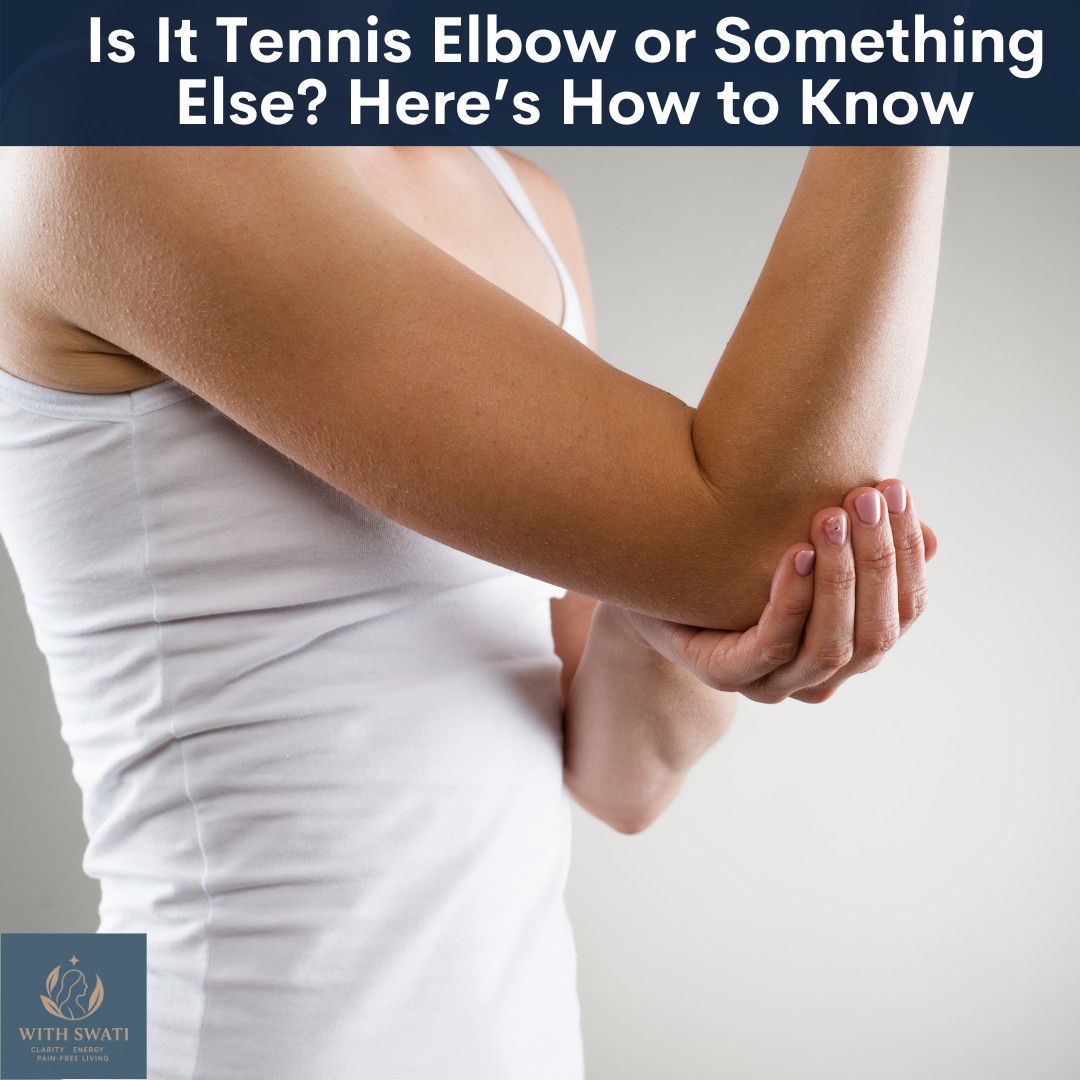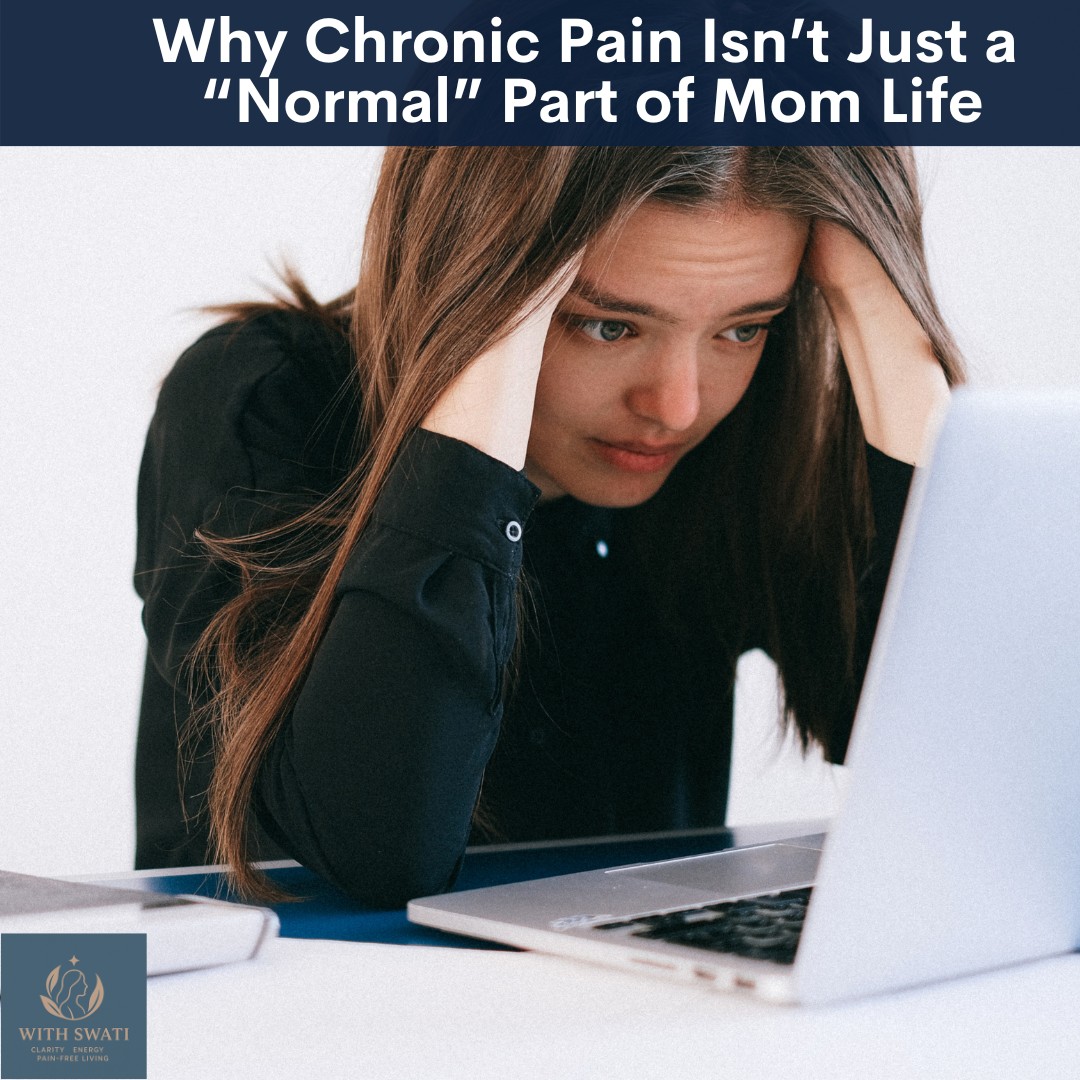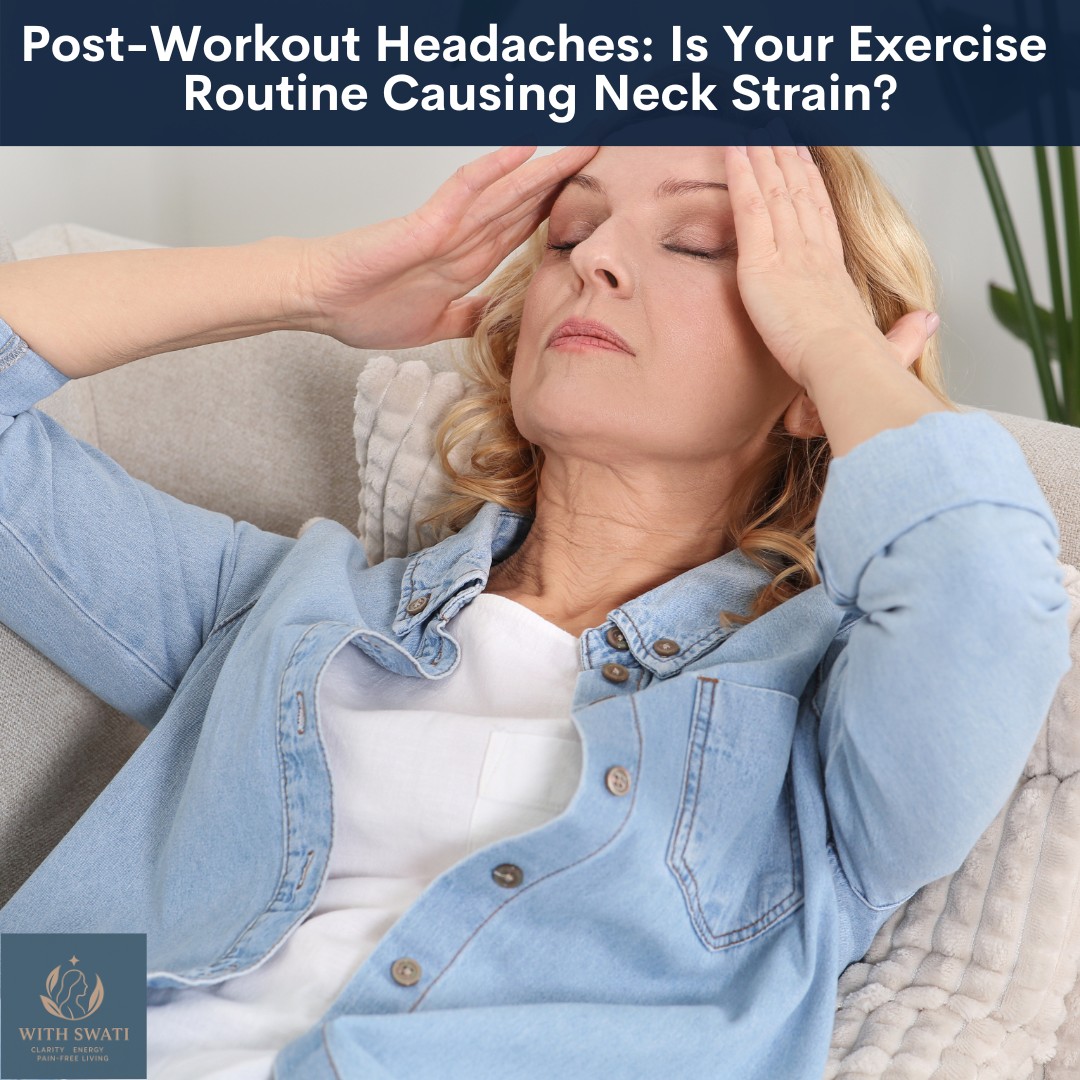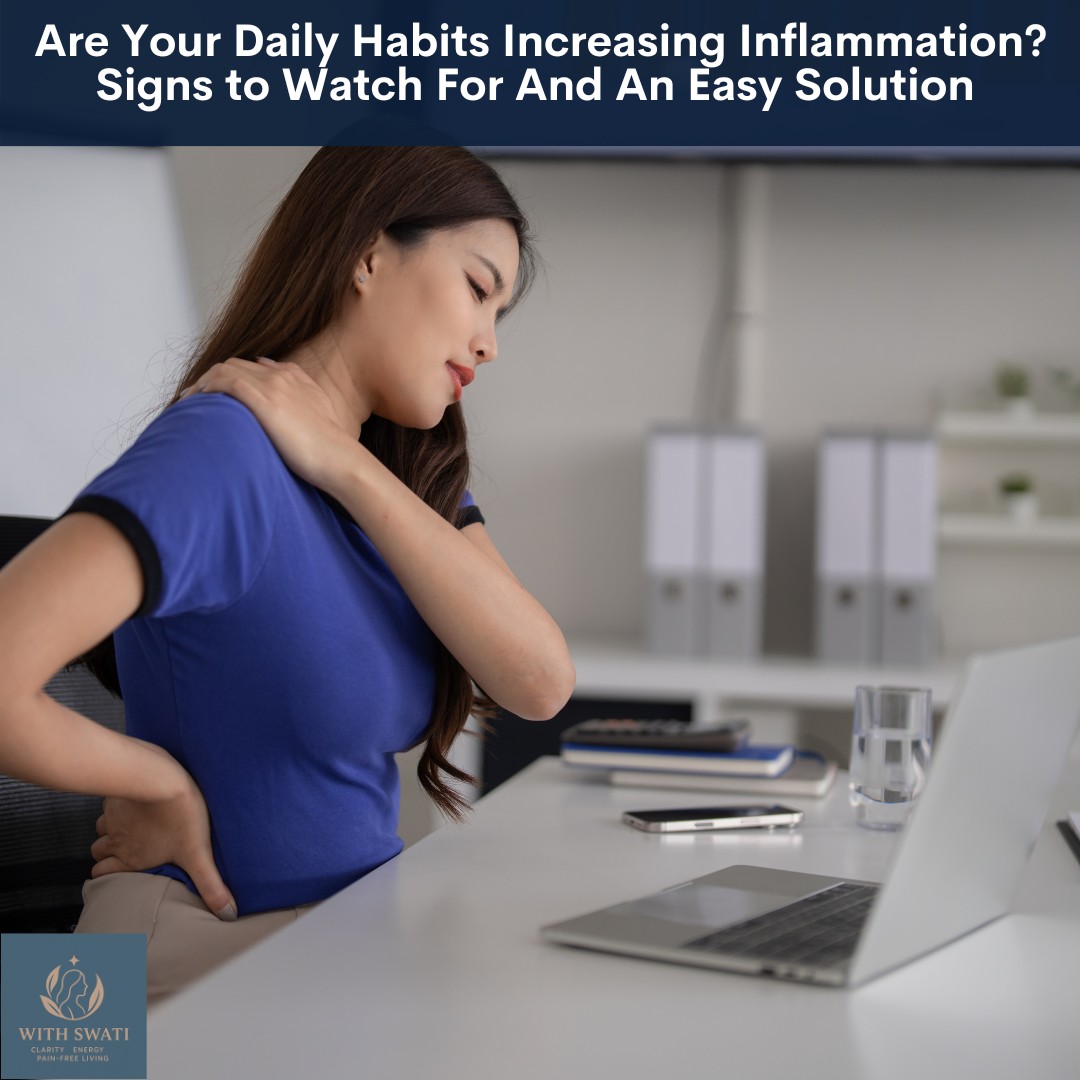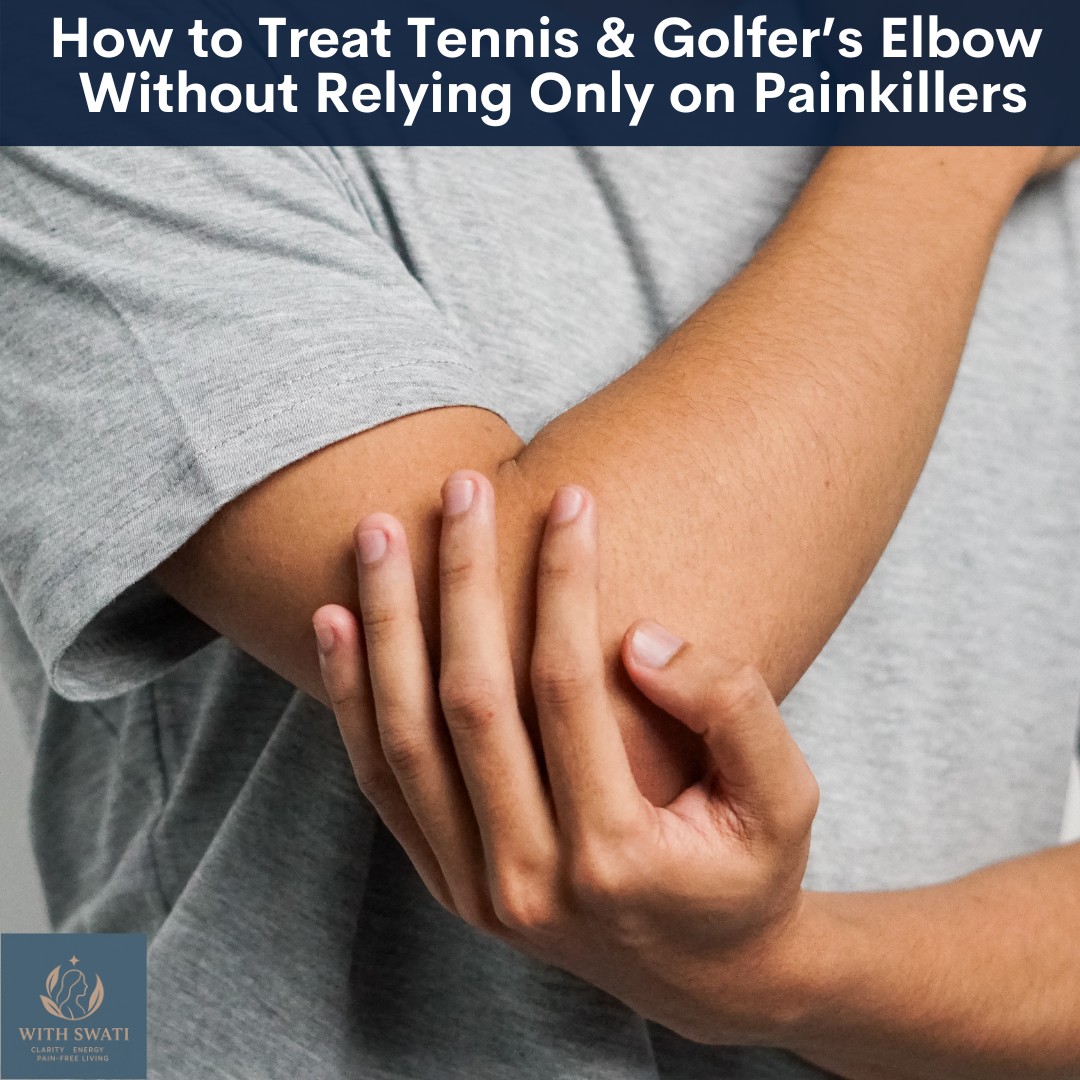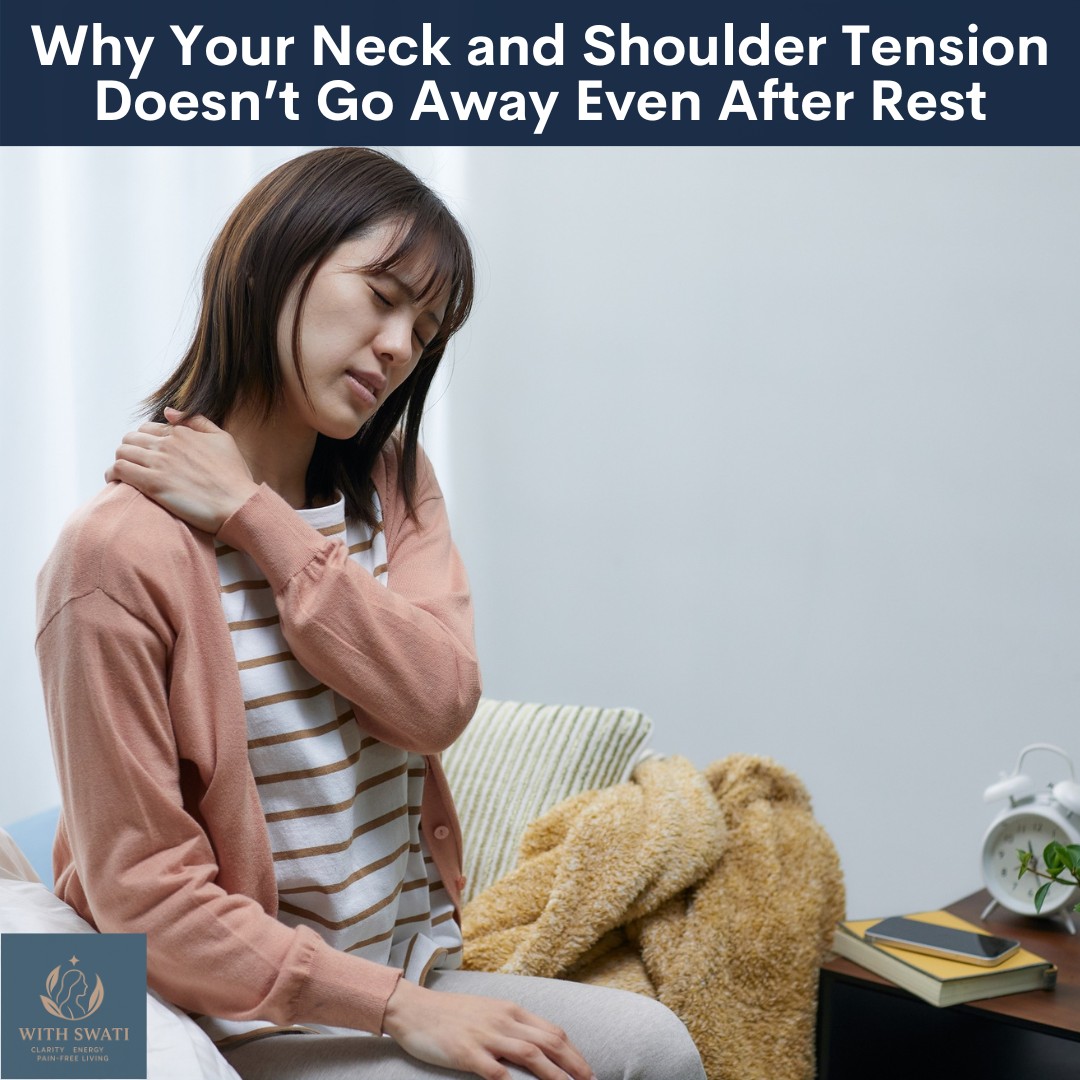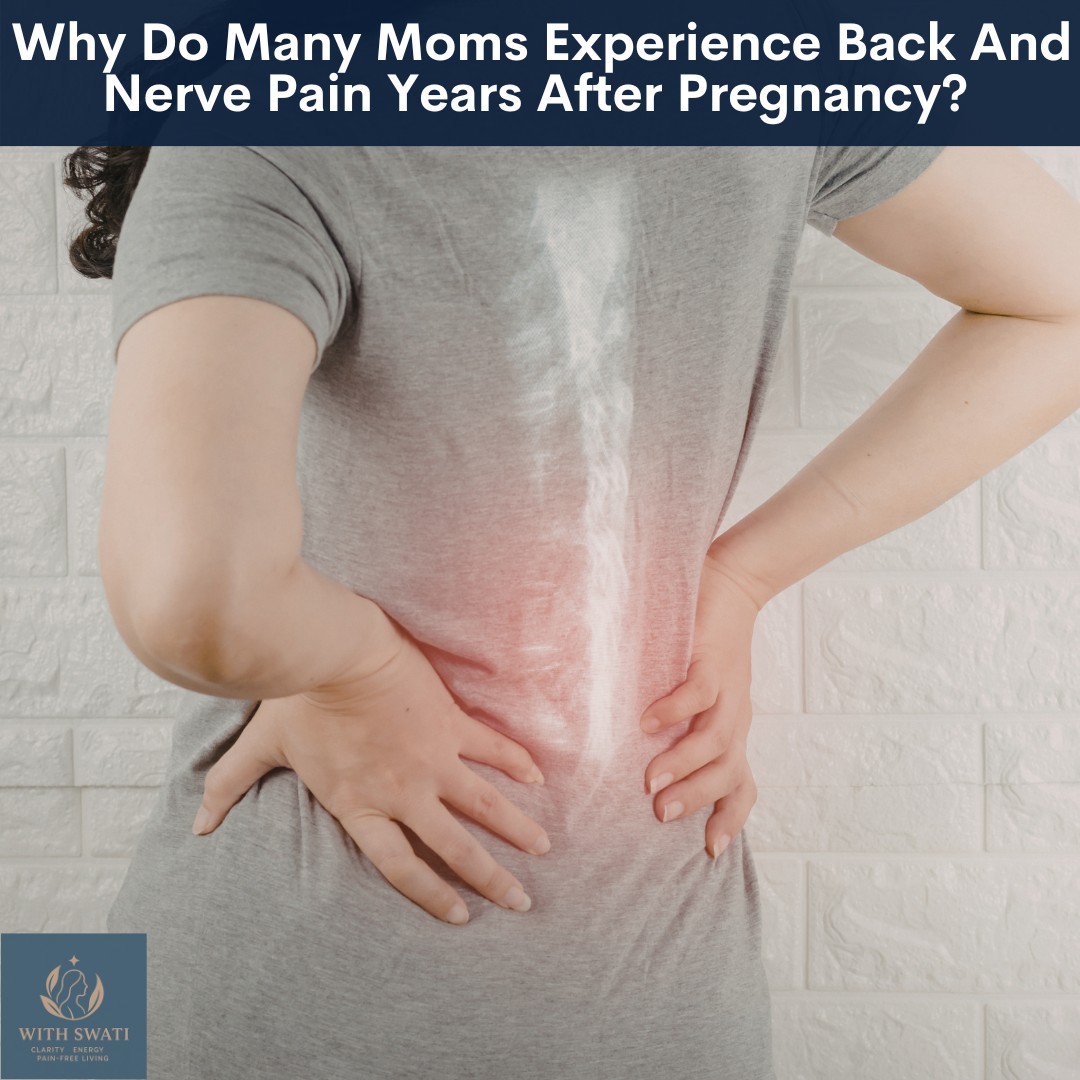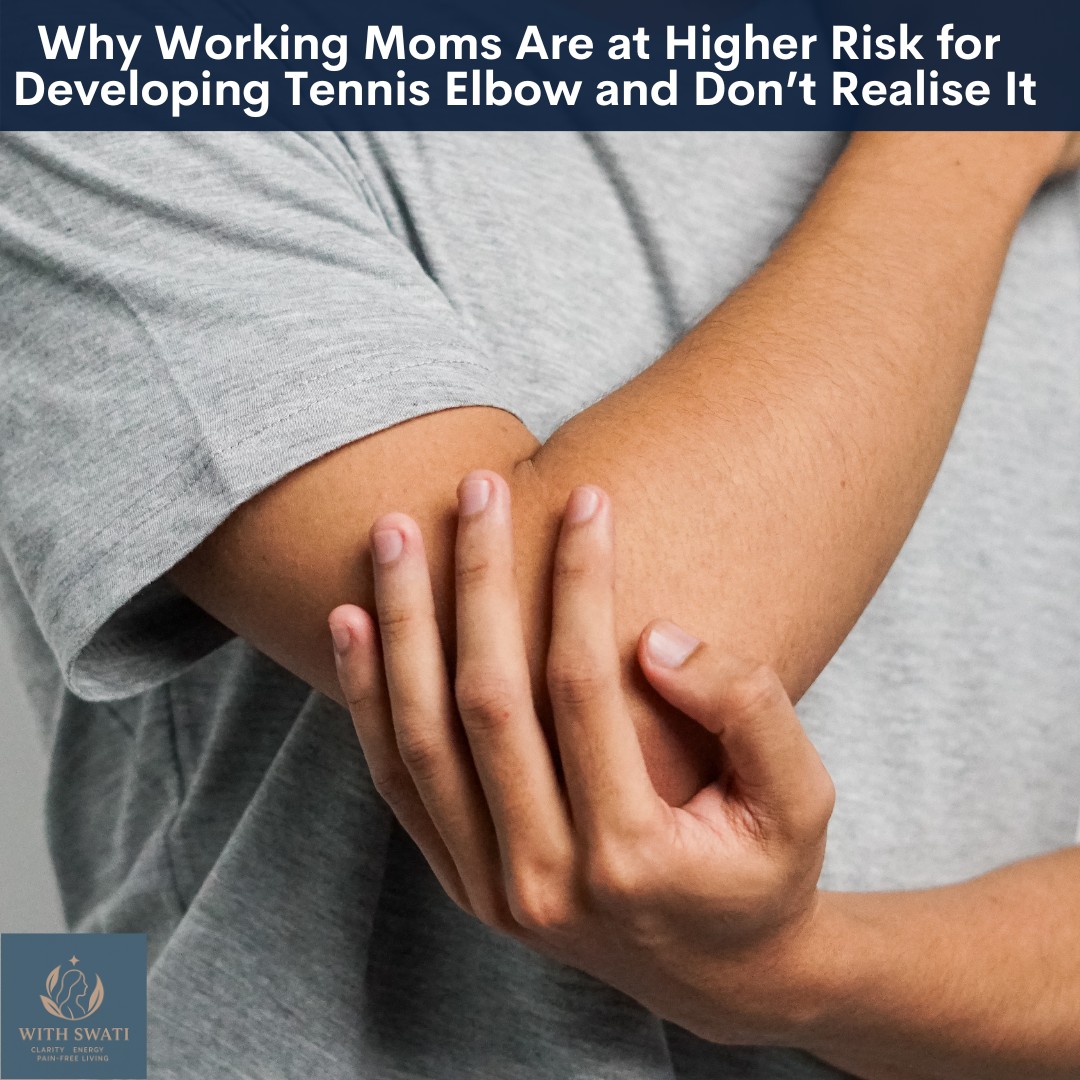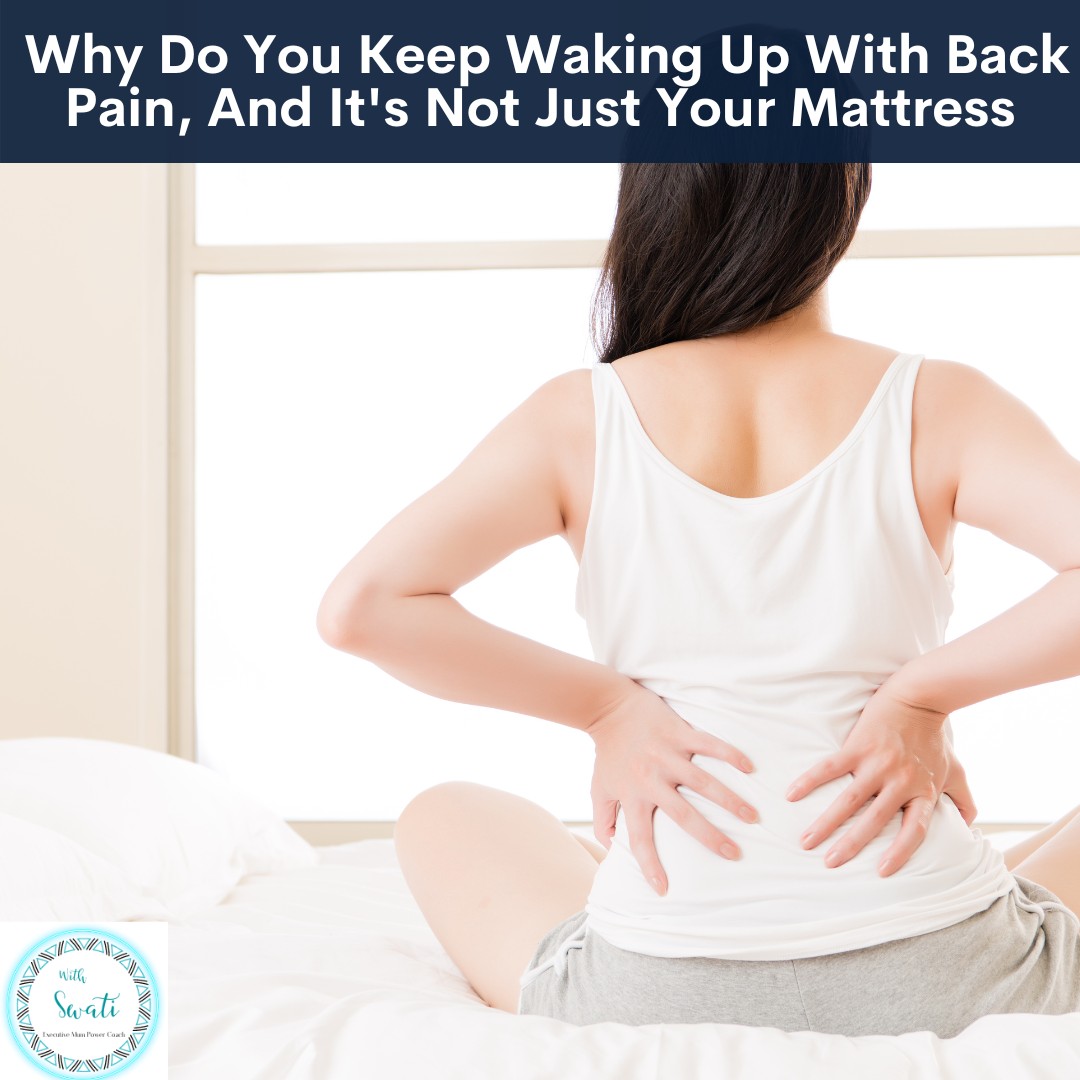
As an executive mom juggling deadlines, school drop-offs, and endless responsibilities, waking up with back pain feels incredibly unfair. You expect to start your day strong, but instead, you are battling lower back stiffness before your feet even hit the floor. You might assume its just a bad mattress. And while the wrong mattress can contribute, its not the only reason. In this blog, lets break down why you maybe waking up with back pain and your mattress may not be responsible for it and what you can do about it ...
Read more...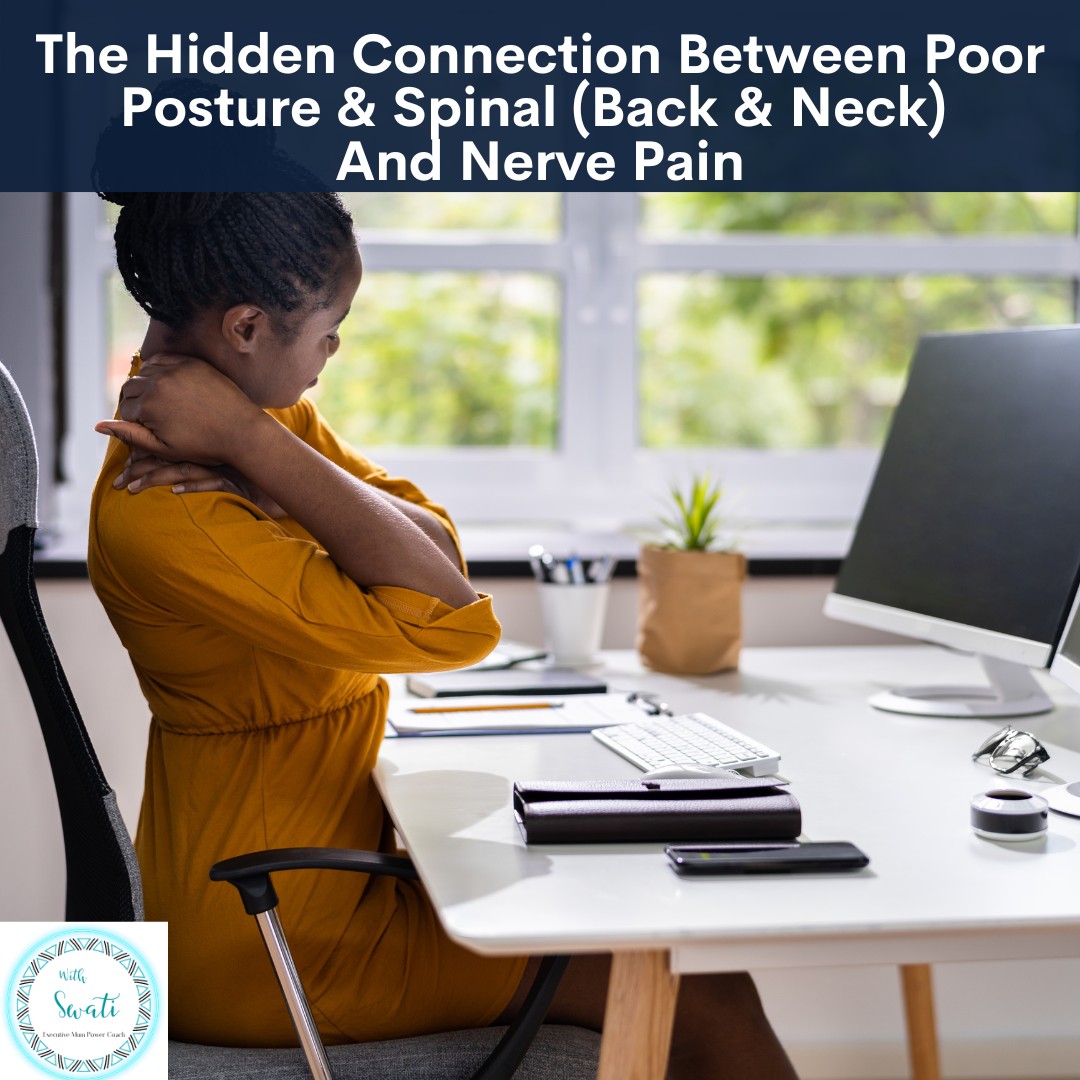
As an executive mom, you’re used to pushing through tight schedules, work deadlines, family needs and lots more. So when your back aches going up the stairs or your neck and shoulders feel sore at the end of the day, it’s easy to brush it off as a sign of aging or stress. But here’s the truth: your posture could be quietly driving your pain and most people never make the connection. Countless women don’t realise that their daily posture habits are overloading their spine, leading to unnecessary pain, inflammation and long-term wear and tear. In this blog, lets discuss the connection between poor posture and back, neck and nerve pain.
Read more...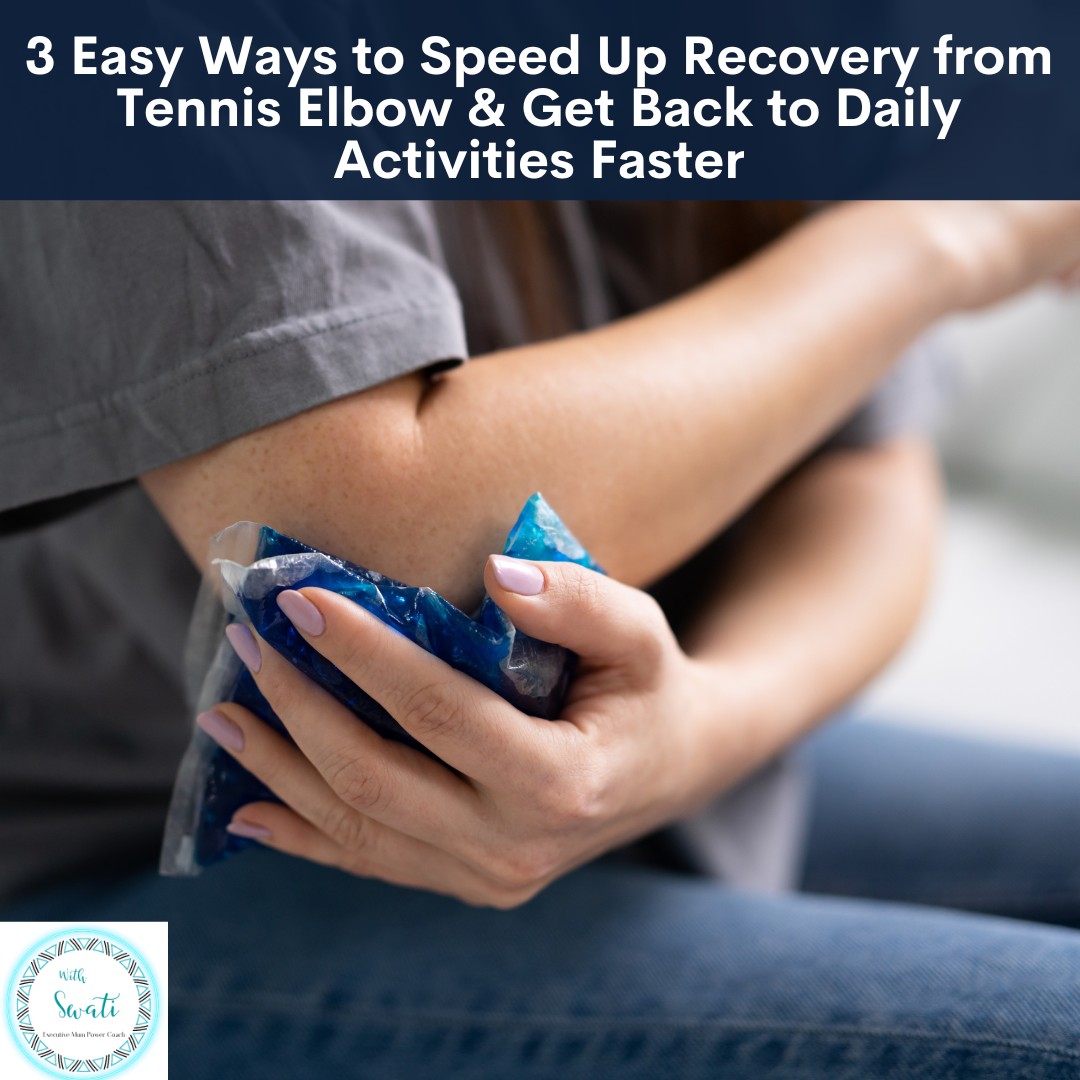
As an executive mom, your time is your most valuable asset. When elbow pain slows you down, whether it’s from typing, lifting groceries, or carrying your child, it’s more than just an inconvenience. It impacts everything from productivity at work to comfort at home. If you have been struggling with tennis elbow and are ready to finally move forward, you don’t have to just wait it out. In this blog lets discuss 3 easy ways to speed up your recovery from tennis elbow and back to daily activities faster ...
Read more...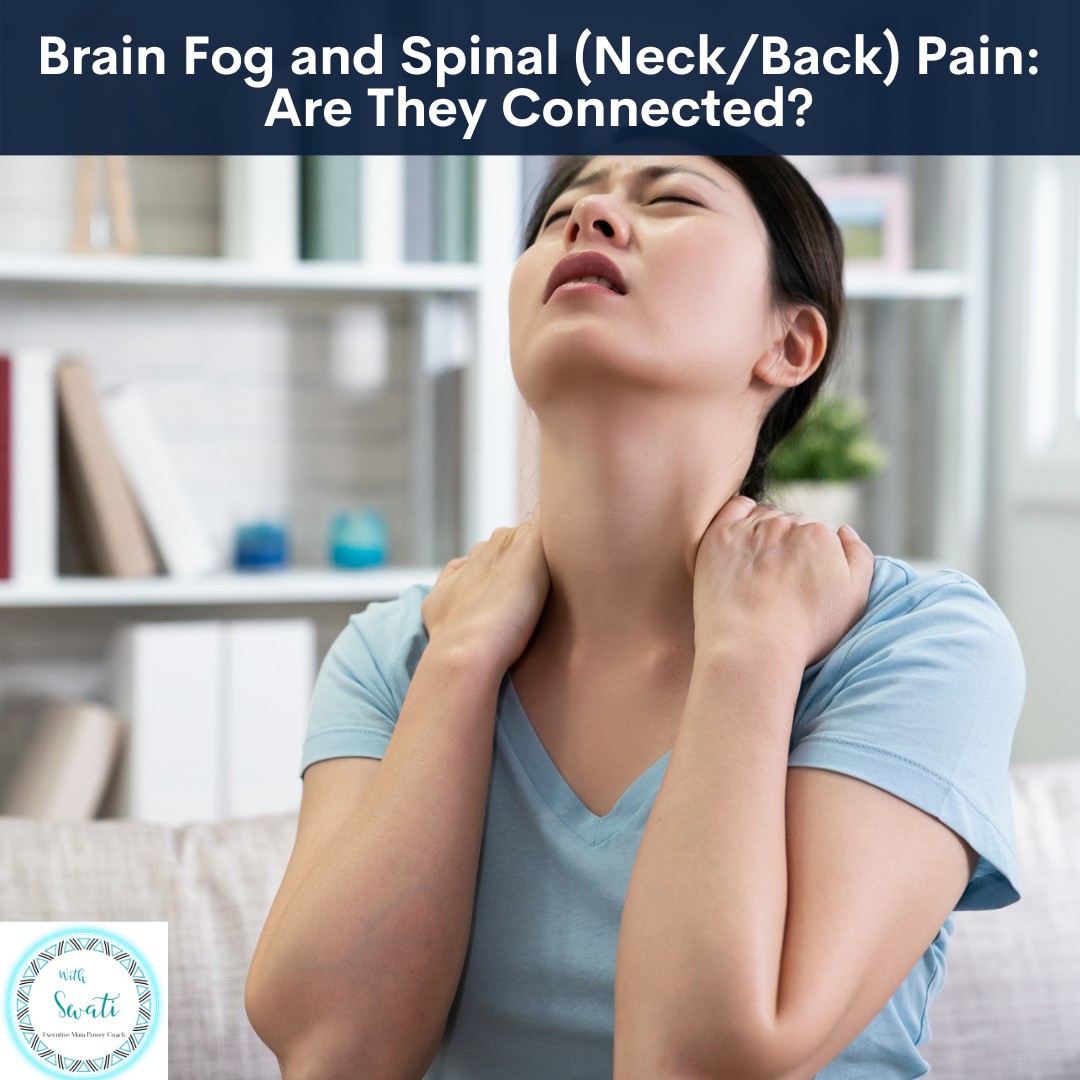
As an executive mum, you juggle demanding work responsibilities while caring for your family. But if you often feel like you're forgetting things, struggling to concentrate, or mentally exhausted, you might be experiencing brain fog. Add neck, back, or nerve pain to the mix, and your productivity takes a serious hit. But here’s something most executive mums don’t realise: brain fog and spinal pain are often connected. If you’ve been pushing through your days with pain and mental fatigue, it's time to understand the root cause. In this blog, lets discuss the connection between brain fog and spinal (neck & back) pain ....
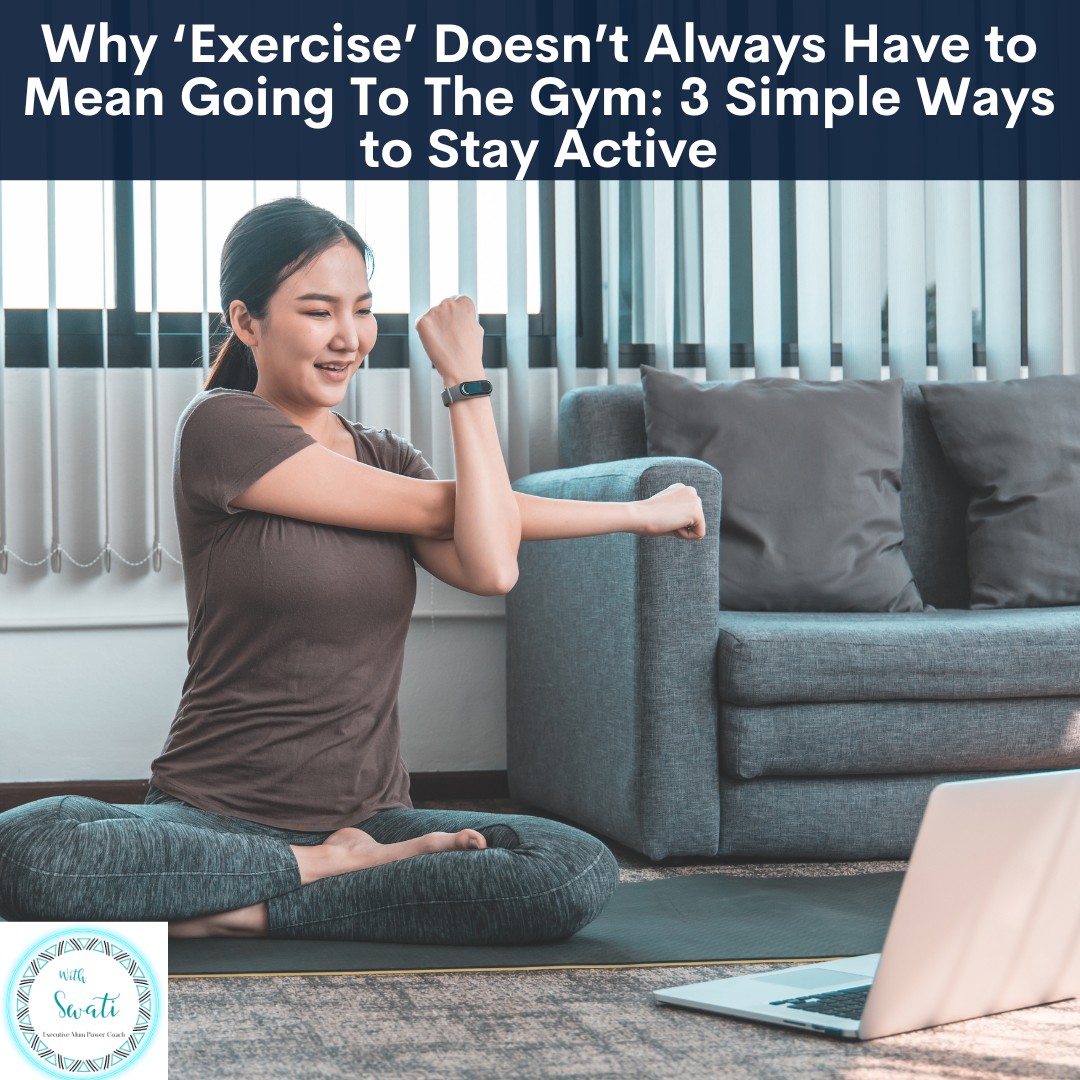
As an executive mom, your schedule is already overflowing. Between meetings, deadlines, and family responsibilities, the idea of carving out time for the gym can feel impossible. But here’s the thing - staying active doesn’t have to mean structured workouts or a gym membership. If you’ve been feeling stiff, low on energy, or struggling with nagging aches and pains, movement is key. Small, intentional actions throughout the day can keep you active, reduce stiffness, and boost energy, without disrupting your already packed schedule. Lets discuss more in this blog ...
Read more...